Keeping the global supply network moving.
Global supply chains are a complex web connecting manufacturers, exporters, importers, rail, truck and ocean transport providers.
Finely balanced, this network can take a lot.
When Covid-19 closed down ports, put drivers in quarantine and disrupted ocean transport, it was put to the test. The US demand spike maxed out inland capacity, tied up containers in storage, and saw vessels stuck outside ports. Reliability suffered and shipping rates surged. But together we still moved more volume than ever, doing everything to keep supply chains moving.
Now, as demand is levelling off and congestion starting to ease, the market is again responding. Rates are mostly back to pre-pandemic levels, and reliability is improving steadily. Here you can read more about what is happening.
It is a competitive industry.
Every year, 250 million containers are transported across the seas with over 7 trillion dollars’ worth of goods.
It’s a hotly contested market, with more than 100 international liner ship operators providing over 2000 regularly scheduled services, most weekly, enabling trade between the nations of the world.
Ocean rates and reliability are normalising.
During the pandemic, inland congestion had vessels waiting outside ports for days and weeks, reducing available ocean capacity. Together with surging consumer demand, this drove up rates.
Today, as these problems unwind, freight rates are falling sharply to pre-pandemic levels and reliability is going back to normal.
The CBER enables efficient and sustainable ocean transport.
Europe wants an efficient shipping sector that can continue to offer competitive services.
The EU’s Consortia Block Exemption Regulation (CBER) brings more efficient transport of goods and improved shipping services for Europe, by allowing ocean carriers to enter into operational vessel sharing agreements.
The need for U.S. legislation that considers the full network.
Ocean carriers and their customers want the same things: a predictable and efficient supply chain that keeps goods moving.
Fixing the ongoing import congestion will fix the ongoing export challenges. Congress should focus legislation on building resilient supply chains.




